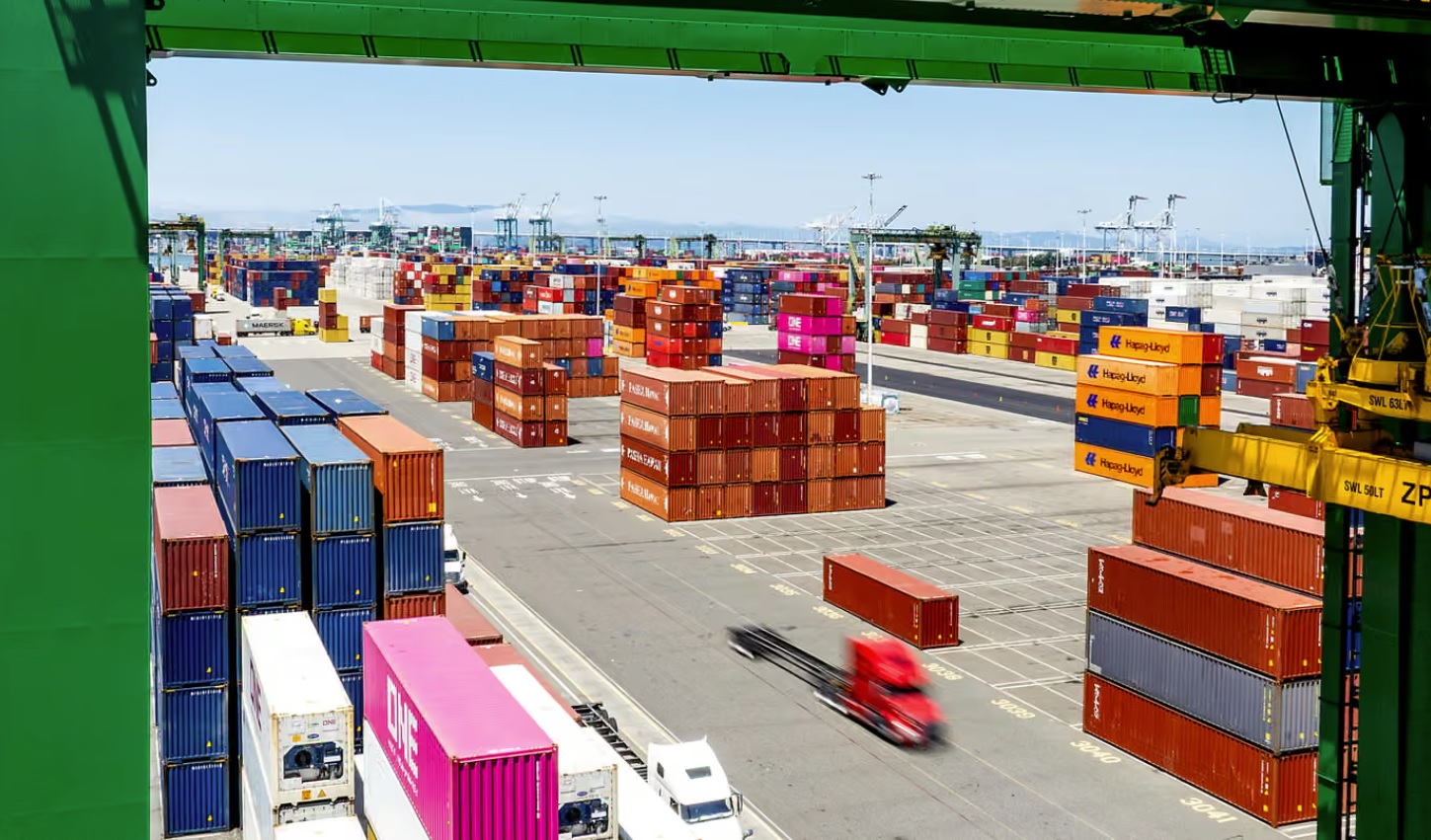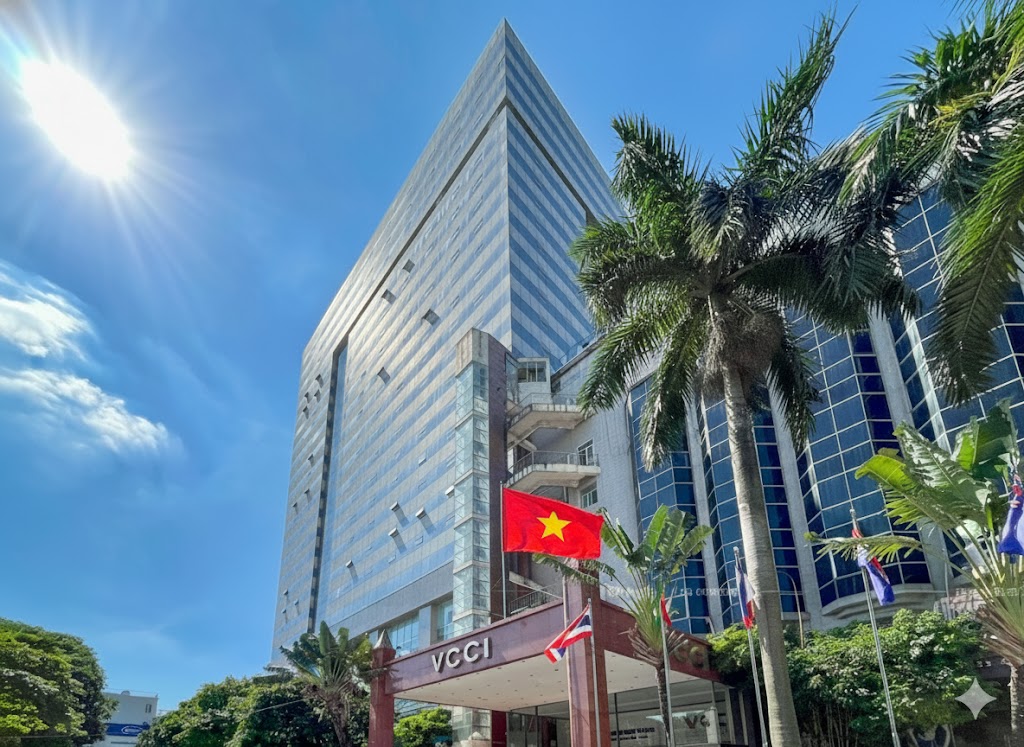Questions about the US new tariffs
Just as the dust starts to settle on the level of tariffs that the US Administration plans to levy on individual countries, so new sources of uncertainty arise as the Administration tries to convince the courts that the tariffs are legal.

Cargo containers line a shipping terminal at the Port of Oakland. Photograph: Noah Berger/AP
Many analysts argued before President Trump even won the election that country-wide (not product-specific) tariffs would be illegal. The main premise was two-fold. Firstly, only Congress has the power to decide on general taxation, not the president. And with estimates for tariff revenue over the coming decade put at USD2.8tr by the bi-partisan Congressional Budget Office, it seems clear to us that this is a huge ‘general’ tax increase.
The second premise is that country-wide tariffs are illegal rests on the fact that the legal authority used by President Trump to justify the tariffs has no foundation. And that’s the basis on which both the International Court of Trade (CIT) and the Washington-based US District Court found against the Administration and outlawed the tariffs earlier this year. Trump appealed this ruling, which has allowed the tariffs to go ahead but, theoretically at least, they will have to stop if the courts find there is no real ‘emergency’. Steven Barrow, Head of Standard Bank G10 Strategy, thinks they have a point. Whether the courts do, particularly the Supreme Court if it goes this far, is more questionable. He dares say that many will expect Trump to triumph in the Supreme Court if things go this far.
However even if the case does go to the Supreme Court and, even if it finds against Trump, there are other avenues that he can take to get to his final tariff-hiking destination. There is so-called Section 301 authority which basically allows the imposition of tariffs on countries if they are found to be acting against the US in some way. But this requires a long examination process which is presumably why the Trump Administration did not go for it in the first place.
There is also Section 122 authority which allows the president to impose tariffs to rectify the trade deficit. One problem here, and again probably why it has not been used so far, is that the maximum rate is 15% and to get approval beyond the initial 150-day period requires congressional approval. Another issue with this is that the Trump Administration’s current tariffs fall on countries irrespective of whether they run a trade surplus with the US – and many don’t. Hence, having to shift to Section 122 authority could limit the size and scope of tariffs.
A third option is to use Section 338, which is better known as the Smoot-Hawley tariff act. This also permits the US to retaliate against alleged discriminatory behaviour by others, but the act is very old indeed and there are some doubts about its usability.
Nonetheless, the bottom line is that the Trump Administration can probably get around any adverse legal finding to make ‘illegal’ tariffs legal. But that does not rule out bumps in the road. For instance, the CIT is stacked in favour of the Democrats (unlike the District Court in Washington which considers the case in September). Its decision should also be swift as it is important to provide clarity on tariffs for the plaintiffs and others. If it is a decision to uphold the illegality of the tariffs, it could introduce some renewed uncertainty into financial markets as they consider just how this will go.
But in a wider context, in Steven Barrow’s opinion, financial markets have to consider whether making trade policy by diktat and then having to push the tariffs through via legal challenges is really a confidence-inducing way to run a government. If investors consider it a bad way to do policy US asset prices, such as the US dollar, seem likely to fall even if the president gets his way in the end.








